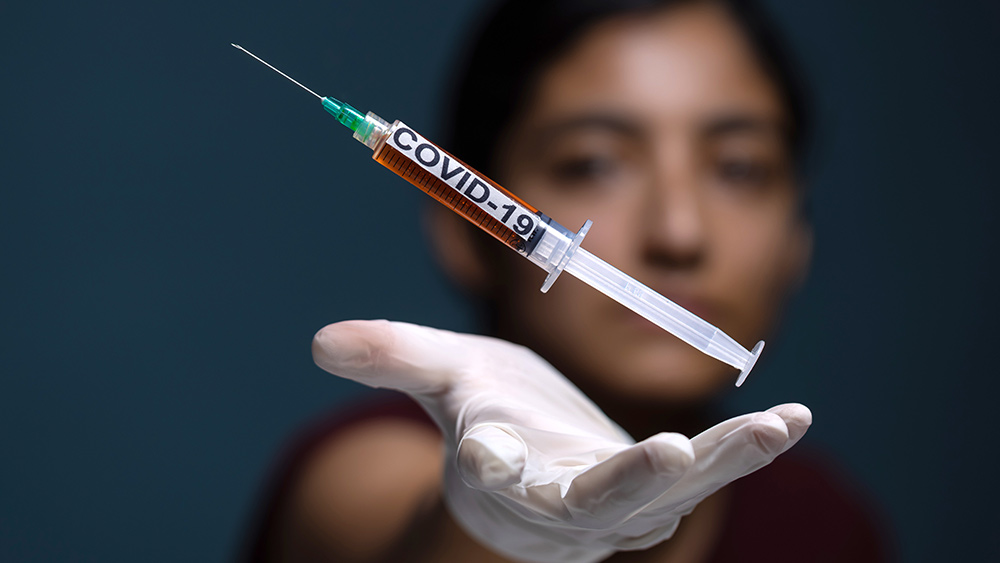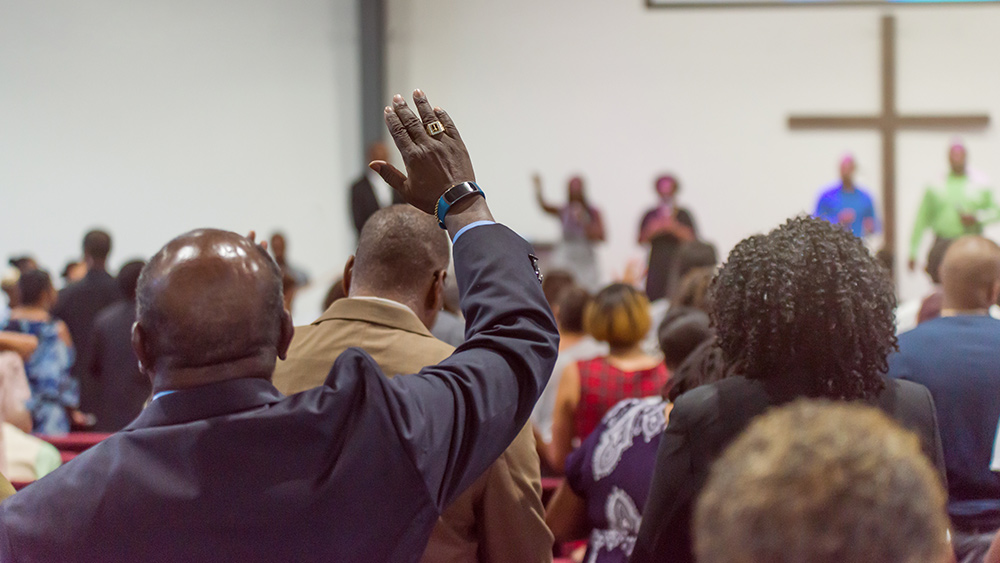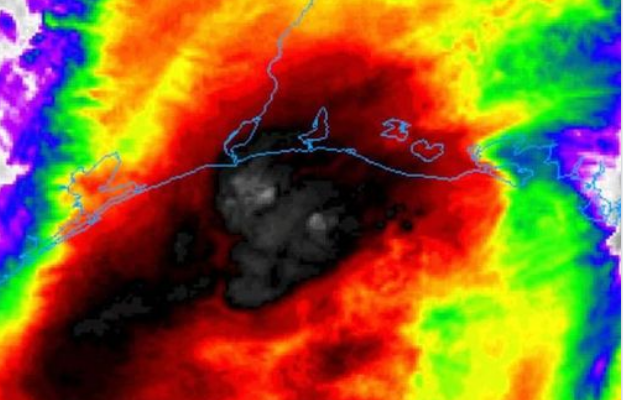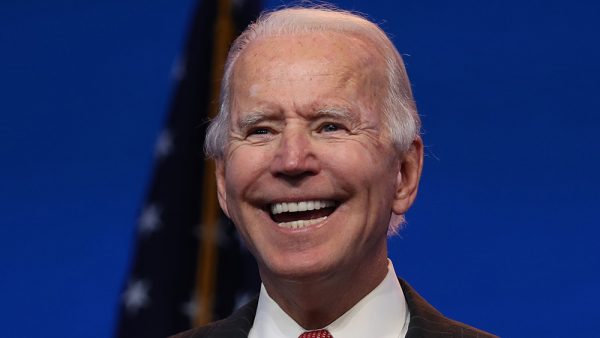 Parler
Parler Gab
Gab
Fact-checks push mainstream media-approved narrative
Reuters, Fact.Check.org and PolitiFact proceeded to "fact-check" reports and social media posts claiming that Fauci and Marks said around half of their staff members weren't vaccinated. They claimed that those reports and social media posts misinterpreted comments made by the officials about vaccination levels in their organizations. An FDA spokesperson told Reuters and Fact.Check.org that the claim on social media was "absolutely false." "The FDA is offering COVID-19 vaccines to employees and we know employees are also choosing to receive vaccines through local, state or privately operated vaccination sites. Because the FDA does not mandate vaccinations or require staff to report their vaccinations, we do not know the exact percentage of our staff who have not yet been vaccinated, but we have been encouraged to hear from the large number of our staff who have chosen to be vaccinated," the spokesperson said in an emailed statement. Reuters discredited claims that Fauci and Marks said 40 to 50 percent of their employees are refusing to be vaccinated, FactCheck.org noted that "none of the federal health officials said members of their staff refused to get COVID-19 vaccines" and PolitiFact rated as "false" the statement posted on social media about the issue. But LifeSiteNews pointed out in an article that COVID-19 vaccines are essentially available for free to everyone in the U.S., including illegal immigrants, and that those vaccines are even more easily available to government employees. So if the unvaccinated NIAID, FDA and CDC employees are not really refusing or declining the COVID-19 vaccine, they would have been vaccinated by now. "This fact-check is technically correct only," Media Research Center Vice President Dan Gainor told LifeSiteNews. "Yes, the quote [about 'refusing'] appears to be wrong, but that's not why Reuters went after it. This is a narrative check." "If ordinary Americans realize that a large number of people at government health agencies aren't getting the vaccine, then they might not as well,” he explained. "That has become the main goal of so-called fact-checks – to push a media-approved narrative. These fact-checks are then used to lower the number of people who see content the press doesn't approve of and, in some cases, ban those outlets entirely for daring to disagree."Vaccine hesitancy is highest among blue-collar workers
A recent online survey revealed that vaccine hesitancy still exists and at a high rate in some blue-collar jobs. "Vaccine hesitancy is emerging as a key barrier to ending the COVID-19 pandemic," said lead author Wendy King, associate professor of epidemiology in the University of Pittsburgh Graduate School of Public Health. She noted that identifying occupations with a high rate of vaccine hesitancy and understanding the reasons for it might help public health workers address concerns. "Our study indicates that messaging about COVID-19 vaccine safety and addressing trust are paramount," King said. (Related: Meet the media's new boogeyman: "Vaccine Hesitancy.") King and researchers from the Delphi Group at nearby Carnegie Mellon University analyzed results from their ongoing COVID-19 survey in collaboration with the Facebook Data for Good group. About 1.2 million U.S. residents in Facebook's active user database complete the survey each month. The study was limited to working-age adults as workplace outbreaks and the spread of infection from workers to customers are public health threats. Vaccine hesitancy was at 22 percent in March, according to the survey. The March survey included 732,308 people with a median age between 35 to 44. About 45 percent were male, 77 percent had some college education and 64 percent were white. Nearly 48 percent of those who reported vaccine hesitancy expressed concern about side effects. More than one-third didn't think they needed the vaccine, didn't trust the government, were waiting to see if the vaccine was safe or didn't trust COVID-19 vaccines specifically. Some 14.5 percent said they didn't like vaccines in general. Workers in some occupations were more reluctant than others to take the vaccine. Hesitancy ranged from 9.6 percent among educators and people in life, physical or social sciences to a high of 46 percent among workers in construction, oil and gas extraction and mining. Hesitancy was nearly as high among workers in installation, maintenance, repair, farming, fishing and forestry. In health care fields, pharmacists were the least hesitant at 8.5 percent. The highest hesitancy was among medical assistants, emergency medical technicians and home health, nursing, psychiatric and personal-care aides at 20.5 percent. "The survey has grown to collect data on symptoms, illness, treatment, testing, behaviors like masking and distancing, and mental health," said senior author Robin Mejia, from Carnegie Mellon's Dietrich College of Humanities and Social Sciences. "And it's continuing to evolve as new policy questions arise." The survey results were posted on April 24 on the preprint server medRxiv and have not been peer-reviewed. Follow Immunization.news for more news and information related to coronavirus vaccines. Sources include: LifeSiteNews.com FactCheck.org USNews.comThey are screwing with the weather maps: SUN is BAD!
By News Editors // Share
Governments continue to obscure COVID-19 vaccine data amid rising concerns over excess deaths
By patricklewis // Share
Tech giant Microsoft backs EXTINCTION with its support of carbon capture programs
By ramontomeydw // Share
Germany to resume arms exports to Israel despite repeated ceasefire violations
By isabelle // Share










